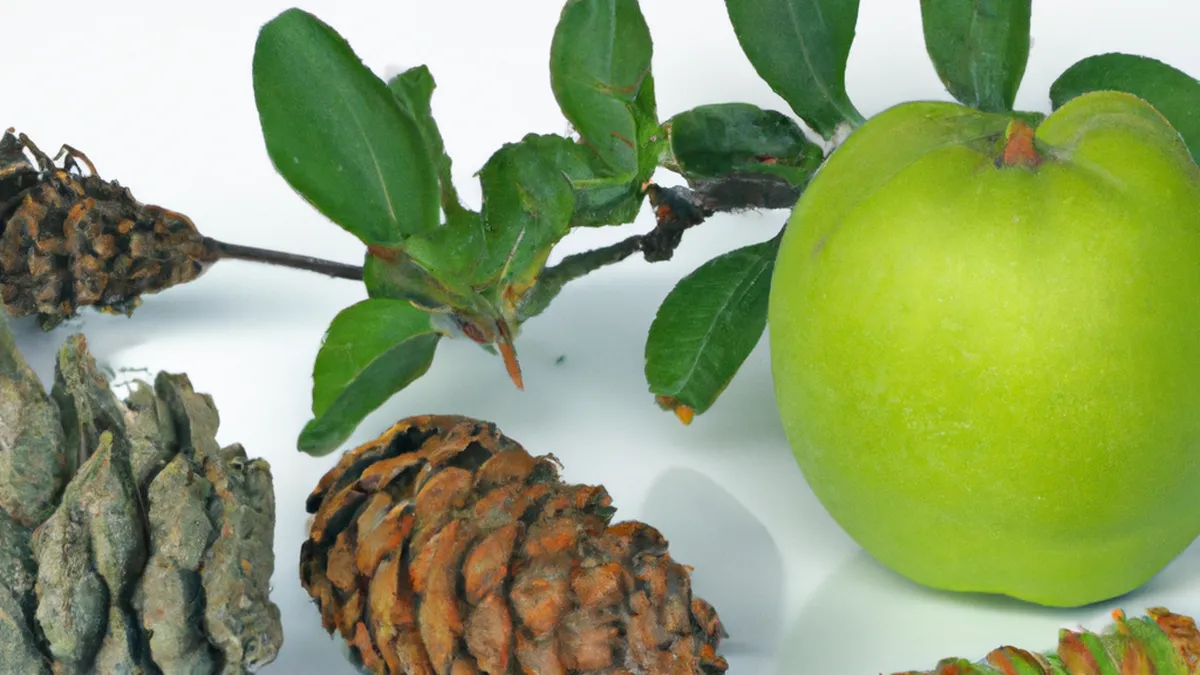Recharge with Forest Bathing and Food Education
The Benefits of Combining Forest Bathing with Nutrition Workshops
In today’s fast-paced world, balancing mental well-being and physical health is essential. Many people struggle with stress, anxiety, and poor diets. These issues can lead to various health problems. Combining forest bathing with nutrition workshops addresses these interconnected challenges. This approach offers numerous benefits for mental and physical health, encouraging individuals to reconnect with nature and learn about healthy choices.
What is Forest Bathing?
Forest bathing, or “Shinrin-yoku,” began in Japan in the early 1980s. This practice immerses individuals in nature and engages their senses for relaxation. Unlike hiking, forest bathing encourages participants to slow down, breathe deeply, and experience their surroundings. This practice includes listening to rustling leaves, observing tree bark patterns, and inhaling fresh forest scents.
Research shows that forest bathing lowers cortisol levels, reduces blood pressure, and improves mood. Connecting with nature promotes mindfulness and fosters peace and clarity. As individuals engage with their environment, worries and stressors diminish, leading to relaxation.
The Role of Nutrition Workshops
Nutrition workshops educate individuals about healthy eating principles. These sessions cover meal planning, nutrition labels, cooking techniques, and food group benefits. Participants gain knowledge that empowers informed food choices, leading to better health outcomes.
Combining nutrition workshops with forest bathing enriches the learning experience. The natural setting encourages open discussions and interactions. Participants absorb information more effectively in a relaxed state, while nature inspires healthier eating habits.
Tips for Effectively Combining Forest Bathing and Nutrition Workshops
1. Choose the Right Location
Select a serene and accessible forest or park for the workshop. The environment should promote relaxation and learning, allowing participants to immerse themselves in nature while discussing nutrition.
2. Create a Balanced Schedule
A well-structured schedule maximizes benefits from both activities. Start the day with a guided forest bathing session to help participants unwind. Then, transition into the nutrition workshop, allowing reflection on forest experiences while learning about healthy eating. This flow integrates mindfulness and education seamlessly.
3. Incorporate Hands-On Activities
Enhance engagement by including hands-on activities during the workshop. Participants can actively participate in practical exercises, reinforcing the lessons learned.
Conclusion
Combining forest bathing with nutrition workshops promotes mental and physical well-being. This holistic approach fosters deeper connections with nature and healthier lifestyle choices.
Below are related products based on this post:
FAQ
What is the purpose of combining forest bathing with nutrition workshops?
The combination of forest bathing and nutrition workshops aims to address interconnected challenges related to mental well-being and physical health. This holistic approach encourages participants to reconnect with nature while learning about healthy eating, ultimately promoting better mental and physical health outcomes.
How does forest bathing benefit mental health?
Forest bathing, or “Shinrin-yoku,” lowers cortisol levels, reduces blood pressure, and improves mood. By immersing individuals in nature and encouraging them to engage their senses, this practice fosters mindfulness and helps diminish stress and worries, leading to relaxation and clarity.
What should be considered when planning a combined forest bathing and nutrition workshop?
When planning a combined workshop, it is essential to choose a serene and accessible location that promotes relaxation and learning. Additionally, a balanced schedule that begins with forest bathing followed by nutrition education can enhance the experience. Incorporating hands-on activities can further engage participants and reinforce learning.















Post Comment